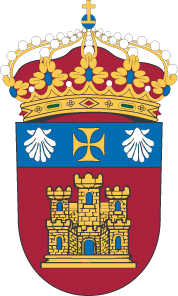Por favor, use este identificador para citar o enlazar este ítem: http://hdl.handle.net/10259/4697
Título
Orientational Effects and Random Mixing in 1-Alkanol + Alkanone Mixtures
Autor
Publicado en
Industrial & Engineering Chemistry Research. 2013, V. 52, n. 30, p.10317–10328
Editorial
American Chemical Society
Fecha de publicación
2013-07
ISSN
0888-5885
DOI
10.1021/ie4019269
Resumo
1-Alkanol + alkanone systems have been investigated through the data analysis of molar excess functions,
enthalpies, isobaric heat capacities, volumes and entropies, and using the Flory model and the formalism of the concentrationconcentration
structure factor (SCC(0)). The enthalpy of the hydroxyl-carbonyl interactions has been evaluated. These
interactions are stronger in mixtures with shorter alcohols (methanol-1-butanol) and 2-propanone or 2-butanone. However,
effects related to the self-association of alcohols and to solvation between unlike molecules are of minor importance when
compared with those which arise from dipolar interactions. Physical interactions are more relevant in mixtures with longer
1-alkanols. The studied systems are characterized by large structural effects. The variation of the molar excess enthalpy with the
alcohol size along systems with a given ketone or with the alkanone size in solutions with a given alcohol are discussed in terms of
the different contributions to this excess function. Mixtures with methanol show rather large orientational effects. The random
mixing hypothesis is attained to a large extent for mixtures with 1-alkanols ≠ methanol and 2-alkanones. Steric effects and
cyclization lead to stronger orientational effects in mixtures with 3-pentanone, 4-heptanone, or cyclohexanone. The increase of
temperature weakens orientational effects. Results from SCC(0) calculations show that homocoordination is predominant and
support conclusions obtained from the Flory model.
Materia
Electrical engineering
Electrotecnia
Versión del editor
Aparece en las colecciones










